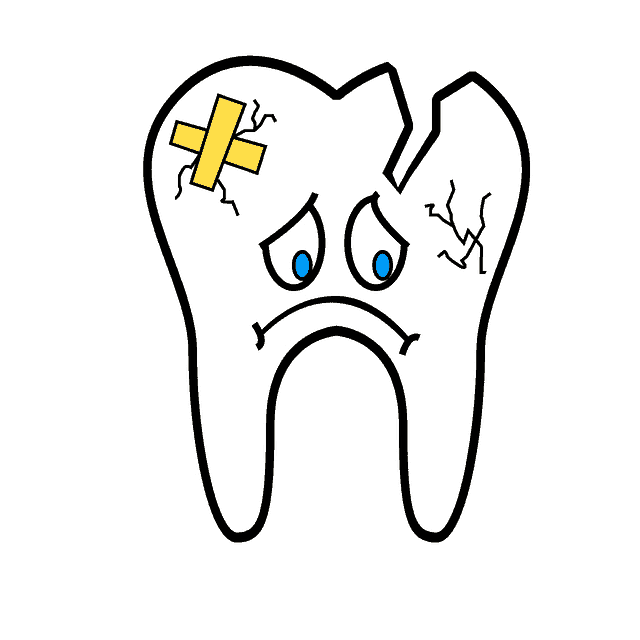Despite numerous campaigns geared towards enticing children to brush their teeth regularly, many kids do not brush thoroughly as is recommended. Most will simply fiddle with the toothbrush for a few seconds and consider the job done. Often, they miss brushing the back teeth. In this post, we’ll answer the question – How do dental sealants work? Let’s get going.
Benefit From Sealants
Even if your young one is heedful, at times their toothbrush might have bristles that are too wide hence impeding their ability to reach the teeth’ crevices. As a result, over 40 percent of kids aged between 2 and 11 have suffered from oral health issues like cavities in their baby teeth. This is according to the National Institute of Dental and Craniofacial Research.
So, what is the best fix for this issue? The short answer is dental sealants. This article will discuss what dental sealers are and how they work to protect your kid’s teeth from cavities and decay.
People Also Ask
- How long do dental sealants last?
- Are dental sealants worth it?
- At what age are dental sealants most effective?
- Do adults need dental sealants?
What Are Dental Sealants?
A dental sealer is a coating made out of thin plastic that is applied to a tooth surface – typically the back teeth such as premolars and molars to mitigate tooth decay. The sealer will then quickly bond into the grooves and depressions of the tooth. This forms a protective shield over the tooth’s enamel.
Even though thorough brushing, as well as flossing, can remove food particles and plaque that are stuck to the surface of a tooth, these teeth cleaning techniques are not always able to access the nooks and crannies of the back teeth to effectively remove the plaque and food. The work of the sealer, therefore, is to protect those vulnerable sections from tooth decay by sealing out the food and plaque.
Dental sealers are usually white or clear, thus not taking away from the tooth’s natural appearance. You can think of it as varnish that protects wooden floors.
Who Should Get Sealants?
Typically, dental sealers are applied as soon as the child’s molars – permanent back teeth – are fully grown. This is done to ensure that the deep pits and grooves that are found on the tooth’s chewing surface are completely filled before any decay can set in. Protecting your child’s molar teeth right at the beginning will greatly reduce the chances of developing dental issues such as cavities later on.
Protecting your child’s molar teeth right at the beginning will greatly reduce the chances of developing dental issues such as cavities later on.
While dental sealers are normally applied during childhood, there are adults who can benefit from them if they did not have them applied as children or have developed pits where there were none previously. The procedure used in the application of sealers is exactly the same regardless of the age of the patient. The only distinction being the amount of damage that the tooth has received prior to receiving the sealing procedure.
How Are Sealants Applied?
Dental sealers are made out of similar composite materials to what dentists use to fill cavities. Kids do not need to have their gums numbed for the procedure. Before the dentist applies the sealer to the tooth, they will first thoroughly clean it using a dental apparatus to clean it and ensure that the tooth’s surface is ideal for application. After the tooth has been cleaned, an acidic solution is then applied.
The purpose of this solution is to roughen the tooth’s surface at a microscopic level so that the sealer can firmly adhere to the tooth. After the solution has dried, the sealer – which is in liquid form – is applied directly onto the tooth’s fissures. It is then set with the help of a special light. However, if the dentist utilizes a two-part sealer, it sets on its own without the need for additional curing. Once the sealer hardens, it is good to go, and the patient can even bite down on it.
How Long Do Sealants Last?
Sealers are meant to last throughout the lifetime of a tooth unless it is damaged. Fortunately, even if they do, another sealer can be applied to the same tooth.
How to Maintain Dental Sealers
Upon application, the sealer does not need any special or extra treatment. Nonetheless, you are advised to continue with good oral hygiene habits such as brushing twice daily in addition to regular flossing. And for extra protection in addition to a brighter smile, consider using a fluoridated, non-alcoholic mouthwash after each teeth cleaning session.
What if they do Not Feel Right?
Any foreign element that is added to the tooth is bound to make you feel uncomfortable in the beginning. However, after a few days, you will get used to the sealer, and you’ll barely notice its presence. Moreover, dental sealers are usually custom-designed to suit the specific nuances of your bite. Nonetheless, if your sealers are causing the kid pain, be sure to let your dental provider know so they can make the necessary adjustments.
What Happens if You Don’t Have Sealants?
Teeth that feature deep pits, such as surface molars and premolars, are usually at a higher risk of getting decay as bacteria is able to fit into the tiny crevices and hide there. And it is extremely difficult to clean these fissures by either brushing or flossing. Once bacteria settle into a crevice, it starts decaying the tooth gradually until a cavity is formed.
When left untreated, dental caries can result in tooth loss or the need for intensive corrective techniques such as root canals. Taking preventative measures is much better and cheaper than dealing with corrective techniques later on.
Dental sealants are extremely helpful in helping you maintain strong and healthy teeth. Children are less likely to put in as much effort as you do during brushing or flossing. As such, it is best to get them sealers as soon as their molar teeth are fully grown. The best age is usually around six years of age.
Conclusion
Kinder Smiles is a children’s dentist and orthodontist practice that aims to ensure that your young one maintains a healthy set of teeth into adulthood. We utilize modern methods and dental apparatus to make your child’s dental experience a fun and positive one. Looking to get dental sealants for your young one? Let us help you. Contact Dr. Engel today.
- Which tip will you try first???
- Either way, let us know by leaving a comment below right now and continue the conversation.
KinderSmiles Pediatric Dentistry and Orthodontics
400 Kinderkamack Rd.
Oradell, NJ 07649
Call Us: 551-210-4012





